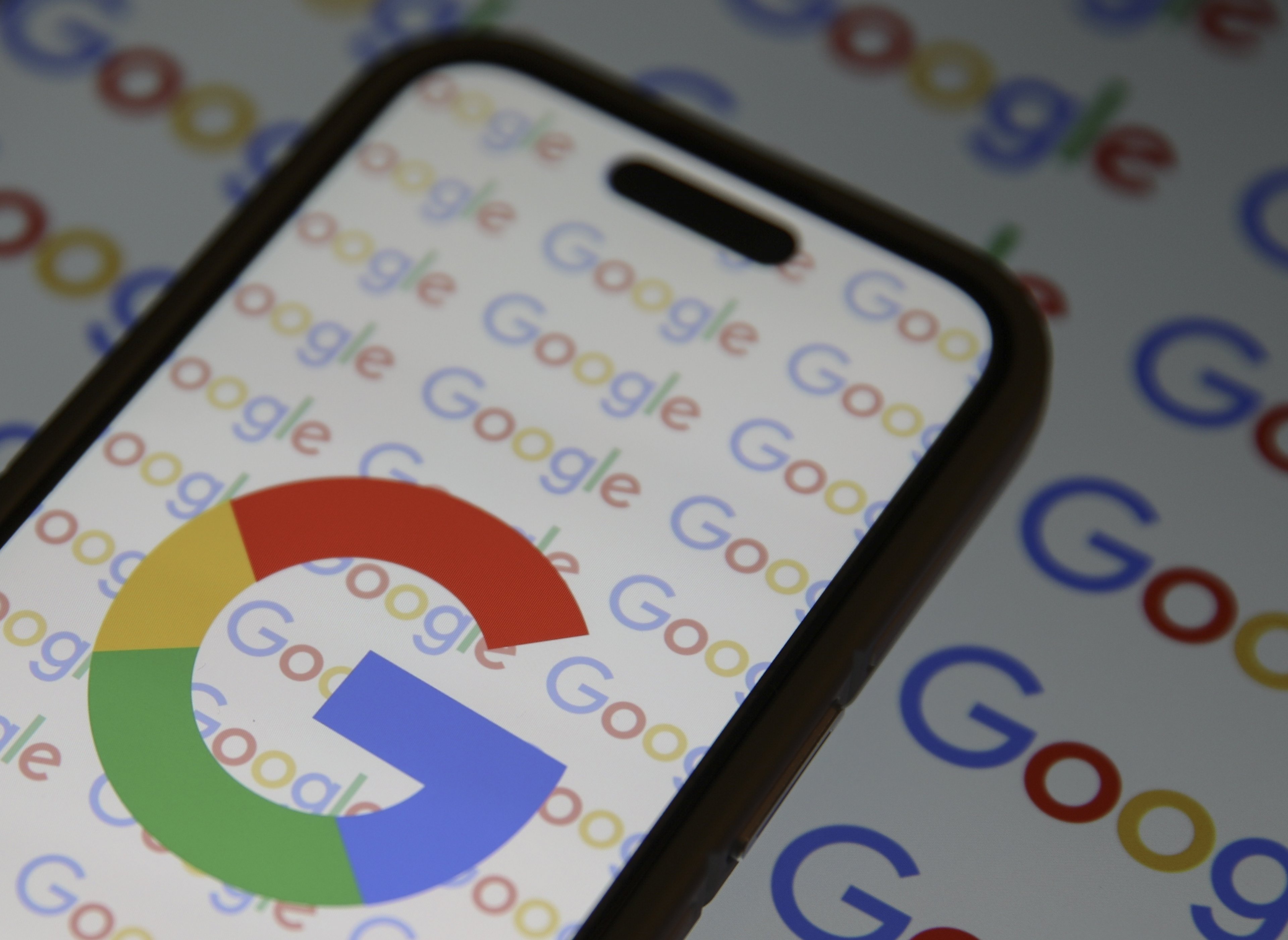'Tis the season. As summer winds down, school starts, and consumers begin gearing up for the holidays, tech's biggest companies are introducing their year-end lineup in advance of the all-important holiday shopping season. Both Apple and Amazon have already introduced their latest smartphone and smart speaker lineups -- and now it's Google's turn.
At Made by Google 2018, the division of Alphabet (GOOGL 0.17%) (GOOG 0.04%) began its latest product release event with a video that had fun with the number of leaks for its soon-to-be announced devices. Then consumers got their first look at Google's most ambitious product lineup yet.
Image source: Google.
Pixel 3
About the new Pixel 3 and Pixel 3 XL, Rick Osterloh, Google's hardware chief, said, "We designed the world's best camera and put it in the world's most helpful phone." That equates to two wide-angle 12-megapixel camera lenses, and while the body of the phone is similar in size to its predecessors, it boasts larger displays at 5.5 and 6.3 inches, respectively.
Several upgrades have addressed complaints users lodged about last year's devices, starting with an improved OLED display, an all-glass back, and forward-firing stereo speakers that have been reworked to eliminate distortion. One of the biggest upgrades was the inclusion of Google's Titan security chip, which the company said is the same technology used to secure its data centers.
The standout feature is Screen Call, which lets the phone answer unknown callers with a robotic voice that asks about the nature of the call and transcribe the responses to the screen, letting users decide whether to answer the call.
The Pixel 3 will be priced between $799 and $899, while the XL will cost between $899 and $999, depending on the amount of storage.
Pixel Slate
Google wants to bring the productivity of a desk to a tablet and to that end introduced the Pixel Slate, the first Chrome OS tablet, which comes with a detachable keyboard. It's quite clear that the Slate is meant to compete with Apple's iPad Pro and Microsoft's Surface.
The device features a 12.3-inch display that boasts 6 million pixels, dual front-facing speakers, and 8 megapixel front- and rear-facing cameras. The front camera has a wide-angle lens, making it optimal for selfies and video calls. Many of these features are designed to make the device as much for play as it is for work.
Internally, the Pixel Slate wasn't designed to be a laptop in a tablet form, but "a completely new experience," according to Trond Wuellner, Google's director of product management. The device has customized touch features that were developed just for Slate, and it can switch from tablet to laptop mode by attaching the keyboard -- which changes the user interface to Chrome OS desktop. Google Assistant is also deeply integrated into this hybrid device. The Pixel Slate comes in four custom configurations starting at $599 and going all the way up to $1,599, depending on the amount of memory and storage, and includes three months of YouTube TV. The detachable keyboard isn't included and costs an added $199, while the addition of the Pixelbook Pen runs $99.
Image source: Google.
Google Home Hub
Smart speakers are taking the world by storm, and Google Home has been the fastest-growing device over the past year, with its sights set clearly on Amazon's Echo. Google Product Manager Diya Jolly said that the number of queries asked of Google Home has increased by over 400% over the past 12 months and its daily active users have grown by five times over the past year. With that type of growth, it only makes sense that Google would continue to up its game in the space.
Enter the new Google Home Hub, a smart speaker with a seven-inch display, that can act as the central controller for a plethora of smart-home devices, including thermostats, lights, cameras, and locks -- all from a single dashboard.
Google announced that it has optimized search, YouTube, Maps, Calendar, and Photos to better display and interact with the Google Home Hub. An intriguing tidbit is that the device does not have a camera, unlike its main competitors. It also touted the ability of the product to change the screen brightness by detecting the level of ambient light in the room and to recognize the voices of multiple users in the home.
The company is also pushing its YouTube Premium music service by offering six months free to those that purchase the Home Hub by December. This newest edition to the Google Home line can be had for $149, significantly less than the 10-inch Amazon Echo Show, which retails for $230.
It's all about the data
With Google's growing lineup of hardware devices, it's easy to forget that this isn't really about selling phones, tablets, or smart speakers. Similar to its flagship search, Google benefits primarily from the data it gathers throughout its growing ecosystem.
The incremental improvements on its Pixel phones, the dual nature of the new Pixel Slate, and the growing line of Google Home devices all serve one primary purpose: to further ingrain itself in the lives of its users and keep the flow of data coming. It isn't just about search anymore.







